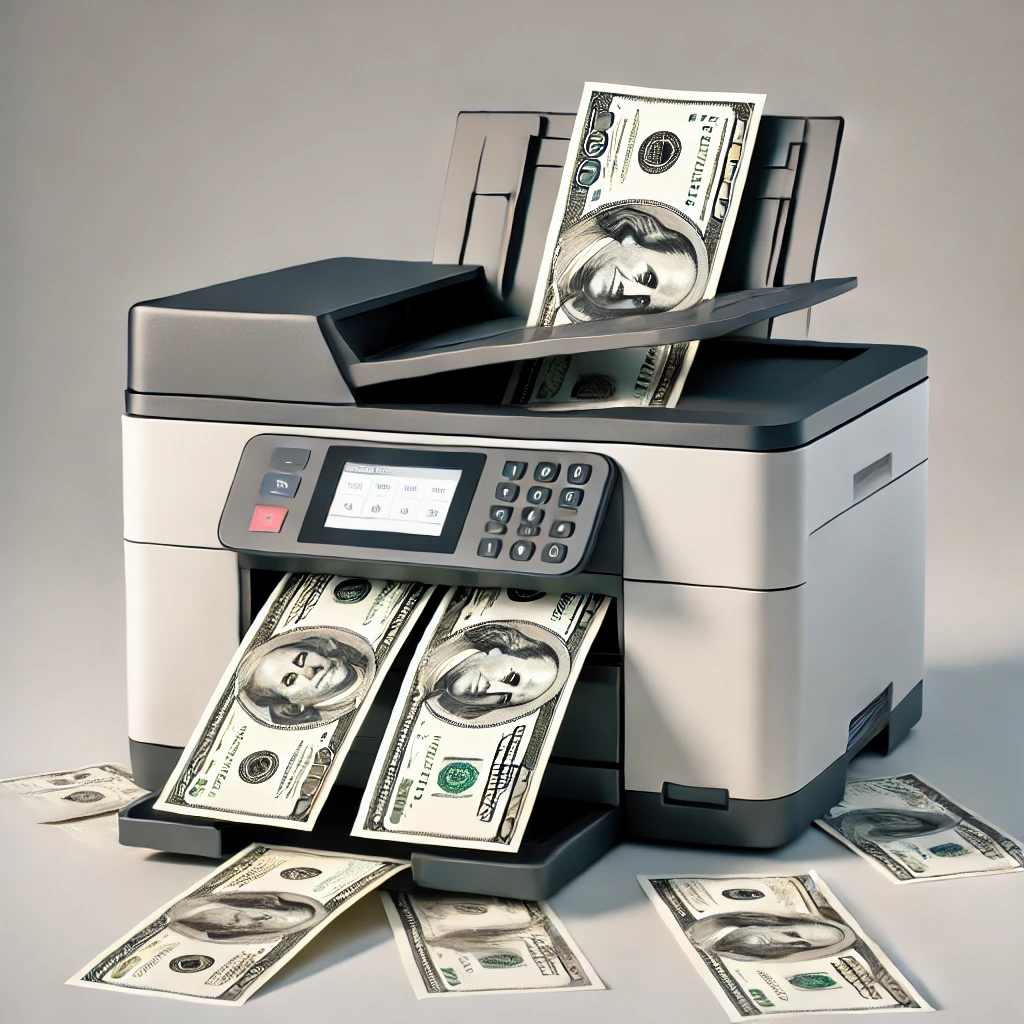
Co-founder & CEO of Rubbish Ideas
Virtually every home in the UK has an inkjet printer of some kind, despite the take over of digital media people still feel that occasionally it is a necessity to be able to print out a physical copy. This apparent need is helped by the fact that a printer can be bought for virtually nothing, as low as £30. A price so low people don’t considered whether they really need one.

The low price however is simply a con, as most people are aware, the ink required from printing is where they (printer companies) make their money. Despite knowledge of this fact being common place people still pay exorbitant sums for ink that is worth virtually nothing. This is justified by most consumers as an issue they can avoid by not printing too much… A solution that renders buying the printer in the first place a waste of money and most importantly the planets resources.
There is a lot of media and public awareness around this issue of disposable packaging, however currently less focus on the other wasteful habits of consumption. Buying an entire product that you then resolve to barely use is at best a waste of money, and at worst at needless waste of the planets finite resources.
I am of course not saying that nobody needs to owner a printer, some people for work are regularly required to print documents. However most of us could survive by getting the few things we do need printed each year done by a printing business. You can send you stuff off online and receive in the post or collect your printed documents in person. The argument a skeptic would pose against this is that it is not as convenient, to send it off as it is to print it yourself at home. I concede that when it works home printing is the quickest, although how often you really need something printed right this second is debatable. However as many people have experienced home printing can be a nightmare, with the printer not working properly for all manner of reasons, making the process much less convenient than its meant to be.
Yes you read that right, your domestic Inkjet printer was deliberately designed to have a life of up to 3 years. Printer manufactures make their products with parts intended to wear after use and shorten the life of the product. When one of these usually minor components breaks the printers are design to be impossible to repair and so the entire product is junked. When people dispose of printers they become e-waste aka WEEE, electrical goods such as these are not recycled due to the complex mix of materials and components. However masses of resources are being wasted every to one is junked, the plastic case of the printer alone is equivalent to 1000’s of plastic bags, not to mention all the metal and electrical components.
Printers are just one example of a whole range of electrical products whose lifecycles are too short. In part the problem is that fast paced evolution of tech, where improvements are made on such a short timescale. However the real issue is design obsolesce, replacing our products out of a desire for something new rather than necessity. And the result? Mountains of waste electrical goods many of them still functioning, with virtually no chance of being recycled.